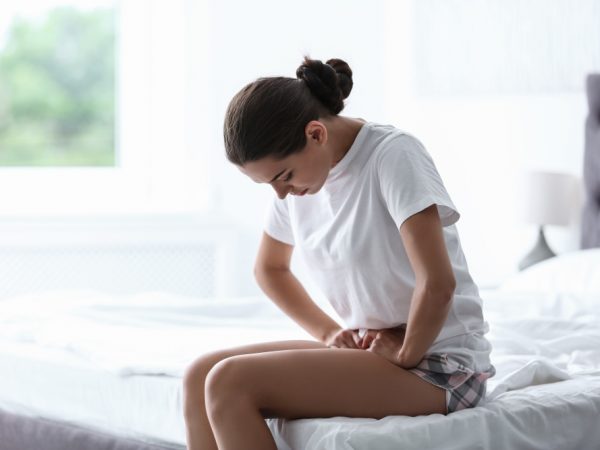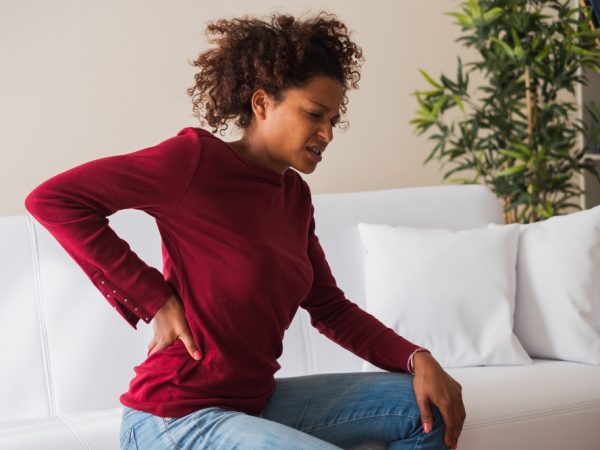It is estimated that one of three new mothers develop urinary incontinence. Although stressful, the condition remains a frequently overlooked form of maternal morbidity.

The reason why we rarely hear of postpartum incontinence may be due to the stigma attached to bladder leakage. Nearly half of female incontinence sufferers admit that an overactive bladder affects their happiness and leaves them feeling ashamed in a body they feel is older than their age. Jeremy Ockrim, a consultant urologist at the Hospital of St John in London, asserts, “around seven million women have some degree of incontinence- and it’s a hidden problem, because so many are too embarrassed to seek help”.
“I’ve Just Been Through Childbirth. Why Am I Incontinent?”
Childbirth can put severe strain on the pelvic floor muscles, which greatly weakens them. Pelvic floor muscles support the pelvic organs and span the bottom of the pelvis. In women, these pelvic floor organs are the bladder, bowel and uterus. Therefore, when these are weakened, many women find themselves having an overactive bladder. It makes sense, then, that the most common type of postpartum incontinence is stress incontinence, which occurs when pressure is put on the pelvic floor. In addition to this, childbirth can also cause severe damage to the nerves that control the bladder, resulting in a loss of control over the bladder.
Several risk factors have also been recorded over the years in relation to postpartum incontinence. Vaginal birth is known to be a major determinant of incontinence. A study in 2006 found that fewer women have urinary incontinence after a first delivery by caesarean section. Compared with spontaneous caesarean section, the chance of devloping incontinence after a vaginal birth was around 3 times higher. Older maternal age has also been identified as a risk factor for postnatal incontinence. Interestingly, higher BMI and heavier babies has also been proven to be a risk factor for postnatal incontinence.
A recent study found that women with postpartum stress incontinence had a significantly greater incidence of stress incontinence during their first pregnancy.

What to Do Next
Childbirth can be stressful enough without having to worry about leaking after giving birth. Firstly, it is important to remember that you are not alone in having incontinence after childbirth. Although it is not something you should “just live with”, remembering that it is a common problem can be a huge help in finding a solution.
In many cases, women use a pessary, a device to block the urethra or strengthen the pelvic muscles. This can be provided to you by a hospital, GP or a continence advisor. Doctors can also prescribe effective medications to control muscle spasms in the bladder. Another popular treatment method for postpartum incontinence is practicing kegel exercises. These are a popular choice for treating incontinence. You can read about how to do these here.
Finding the ideal product for you is also vital. In any circumstance, do not settle for sanitary products. These are not designed for absorbing urine, and you deserve a more sufficient product. You can find advice on looking for a product in our Product Guides section.
Improving Care for New Mothers
The nature of childbirth will always cause strain on the pelvic floor muscles, and postpartum incontinence will likely always be a risk. However, there are definitely ways to mitigate the damage. There are many ways that health professionals can improve new mothers’ experience of incontinence. Women could benefit from routine symptom screening and discussion of healthy bladder habits. Learning about muscle techniques could also help women prevent symptoms from worsening. Education on the range of pelvic floor injuries known to be associated with childbirth could help new mothers to understand what is happening to their bodies. Ultimately, some of the risk factors of postpartum incontinence are modifiable and worth looking into. It is hoped that ongoing research will give us information on individuals that are particularly susceptible to damage.

Although it is difficult, postpartum incontinence can be treated with the help of Doctors, proactive behaviour and patience.
Originally posted 2018-06-26 14:54:37.











Leave a Reply